Methodology
We offer
Velocity
Reduced time-to-market
Agility
Onboard changes during project life
Steering
Time and budget guarantee
Collaboration
User testing since the first iterations
Quality
Full part of our methodology
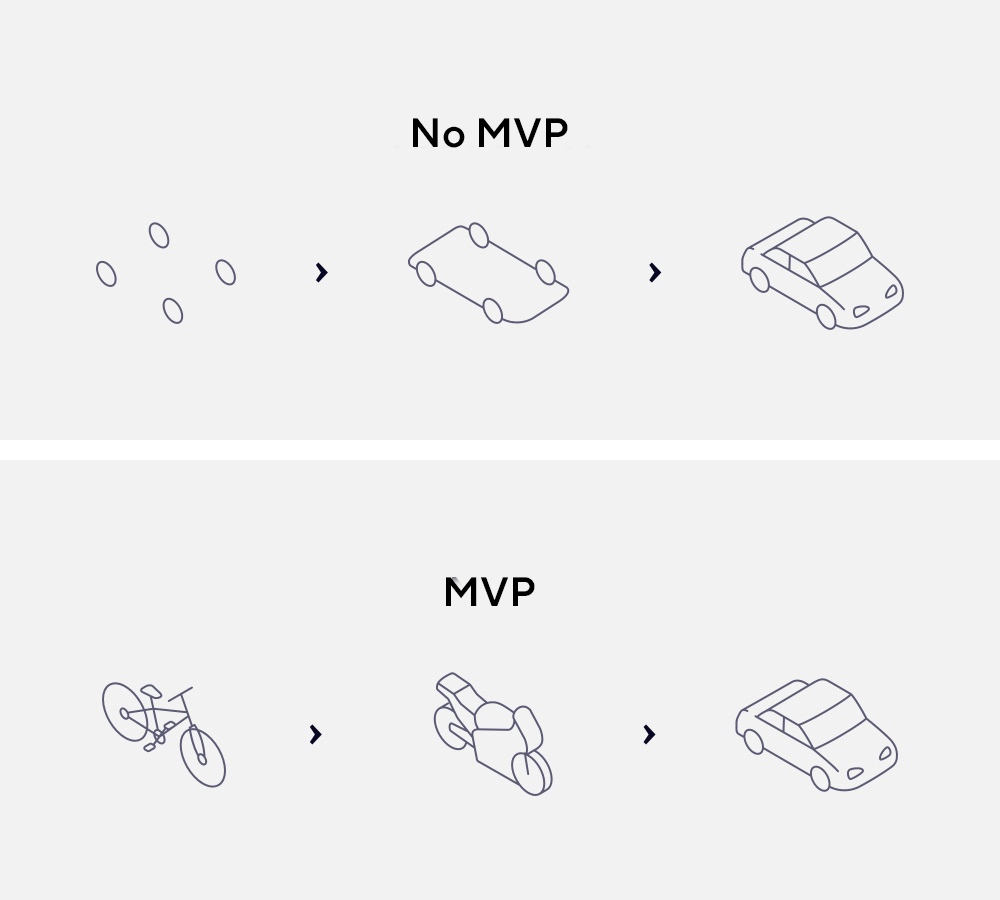
The Minimum Viable Product (MVP)
Our approachEach sprint (project iteration) leads to a product that can be tested and used. An iteration can bring out new requirements or improvements. Arbitration and new prioritizations allow to adjust the trajectory as soon as possible. MVP is achieved when all the required features for go-live have been delivered.
Your project in 5 steps
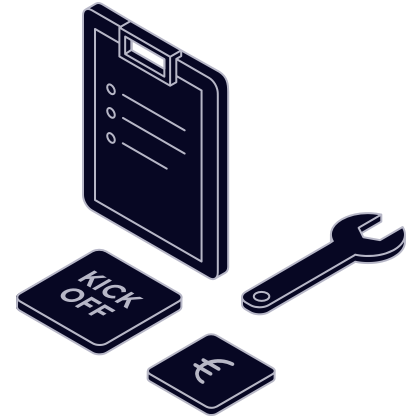
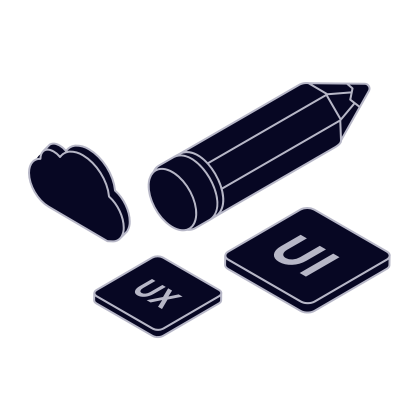
This step makes it possible to validate the constraints in terms of design and ergonomics, and to understand the graphic charter in order to best anticipate its integration into the eCommerce platform.

Sprint planning
User stories are written from the customer specifications.
If the feature is not clearly defined, a dedicated workshop with the Product Owner will detail it.
Implementation
The concrete implementation of the solution begins. Each sprint consists in a complete and usable list of features.
At the end of the sprint build, the sprint can be tested by key-users.
Every day, a standup meeting allow scrum master, product owner and developers to share their work status.
Sprint acceptance
During this phase, the test cases are played. The test campaign configured during the sprint is executed.
Bugs are reported to the dev team. Automated tests from the current sprint are validated / tested.
Automated tests from previous sprints are played to verify non-regression.
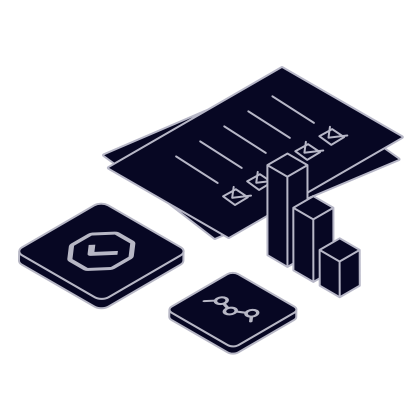
The last version of the solution is deployed on a dedicated UAT or preproduction platform, in order to run the complete user acceptance test plan.
This platform is connected to the others test platform (ERP, PIM, partners ..) to test the interfaces.
User training can start.
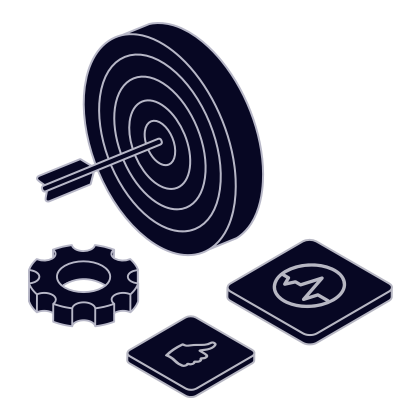
At the end of UAT phase, when platform is validated, the application is deployed on the production environment.
Data migration tasks are executed, production setups are applied.
DATASOLUTION team remains in support during the roll-out phase.
Quality insurance
Risk management is included in our methodology and processes,and covered by the following points.
Steering committees
On a regular basis, the project progress is shared. Risks are re-evaluated, and action plan to minimize identified risks is defined.
Continuous integration
Through our technical stack, with a DevOps approach for better agility.
Experienced resources
Our developers are certified and respect the best-practices provided by the software vendor.
Code review and audit
Technical leads validate and verify commits. Code is audited with SONARQUBE.
Testing
Our QA team validates test cases on all features before delivering them to customer
N.R.T.
Non-regression tests are run during each sprint
Regular checks
Regular checkpoints (project and steering committees, presentation, milestones) ensure the adequacy of the deliverables.
One methodology, 2 approaches
Project mode
The realization of your platform typically brings together a development team around our Scrum Master, and a business team led by your Product Owner. These two teams work closely together to deliver the MVP and subsequent batches.
Digital Factory
All profiles and resources, technical and functional, work together in a dedicated team, focused on the rapid delivery of business functionalities and business development (“Build” and “Run”).
« DEVOPS » philosophy allows agility until operations
Internal testing tool
Our internal testing tool allows our team to run the tests in a standardized and processed way and produce reports and KPIs as quality indicators.
Want to know more?
Dowload our methodology overview